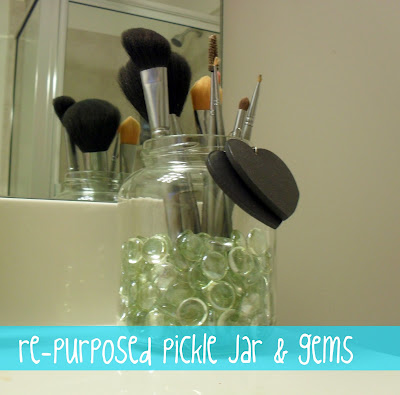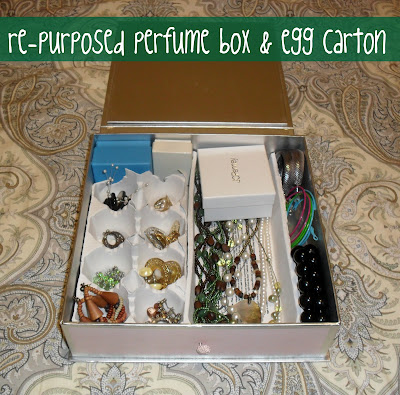It is easy to buy in to the hype of mass marketed skin care products with there lofty claims. They lure you in with some heavy wording and a pretty package. Take time to get to know your ingredients. Familiarize yourself with how they work and what they do for skin. You should also arm yourself with the knowledge of your own skin type. Having a base line of product knowledge and skin type will help you sift through products to choose the right one for you.
A basic approach to your beauty routine can be best. It is cost effective and simple. The
practices you use to care for your skin are just as important as the products you use. Using them in conjunction produces the best looking skin.
Determining your skin type can be done by a skin analysis from a professional or at home with a few basic guidelines as the determining factor. There are many skin types and other conditions that affect the skin and the proper course of action.
Skin Types
- Dry. Lacks any oil, may have flakiness or rough patches.
- Combination. Partly oily and dry. T-zone oil and outer facial dryness. Some enlarged pores may be visible.
- Oily. Excess oil is present. Skin may appear shiny, thick and pores enlarged. Follicles are easily clogged and breakouts may be a problem.
- Normal. The least common of all. Appears perfect to the eye and touch. This skin is plump, smooth, and has even color and pores.
- Sensitive. Skin is thinner, usually skin tone is uneven. This skin is easily aggravated.
Common Conditions of the Skin
- Aging. Facial lines and wrinkles are present. Dryer skin becomes present. Loss of collagen causes skin to begin to sag or appear less full.
- Acne. Ongoing problems with breakouts, constant blemishes and clogged pores.
- Sun and environmental damage. Dehydrated, dark spots, wrinkles and discoloration.
- Dehydration. Visible lines, severe dryness and a sense of tightness.
- Hyper and hypo pigmentation. Hyper pigmentation is a darkening of skin cells. Commonly caused from sun damage. Freckles are also hyper pigmentation. Hypo pigmentation is a lightening of skin cells also caused by sun damage. Some more rare skin conditions can also cause hypo pigmentation.
- Dark eye circles and bags. Puffiness and darkness around and under the eyes. Most affected by lifestyle but can be genetic.
Your type will fall into one of the skin type categories and may be affected by one or more of the skin conditions. Your type can also vary depending on the season, hormones and other factors that cause fluctuations.
For every skin type there is a basic routine that can be applied when you are using a simplified approach to beauty.
Cleanse, exfoliate and moisturize.
Cleanse.
I recommend using a gentle non soap cleanser for all skin types. Look for no added scents, dyes or harsh ingredients. The cleanser itself is not on your skin long enough to treat or have any real acting purpose for anything other then cleansing.
 |
| Looking for a good choice? Try this one. |
 Exfoliate.
Exfoliate.
This
is the most variable step based on skin type. You can go all natural and make your own using 1 part carrier oil, try grapeseed oil, to two parts sugar. There are other DIY natural scrub recipes available or you can buy pre-made scrubs.
Dry skin needs help to shed off dead layers of skin to allow the moisturizer to penetrate, exfoliate 2-3 times per week, follow this timeline for
Normal and
Combination skin.
Oily skin may be breakout prone so use caution and avoid exfoliating open blemishes or scabs. 1-2 times per week.
Sensitive skin should follow this timeline.
Aging skin also benefits from exfoliating 2-3 times per week because it aids in cellular turnover which produces younger, fresher looking skin.
Moisturize.
This step is for all types. There is a product out there for every type. You need a moisturizer to create a barrier to protect the delicate skin on your face and to prevent dehydration which can affect all skin types, even oily, and lead to deeper wrinkles and dull skin.
Massage moisturizer onto skin in an upward motion.
This information is for your daily basic skin care. There are other steps that can be implemented as needed. Such as using a facial mask, applying treatments and doing a
facial steam.
To treat is the most difficult because reversing the effects of nature or damage is nearly impossible. Minimizing the signs can be achieved but is hard to accomplish using natural methods. Prevention, proper care and maintenance are best when caring for your skin.












































